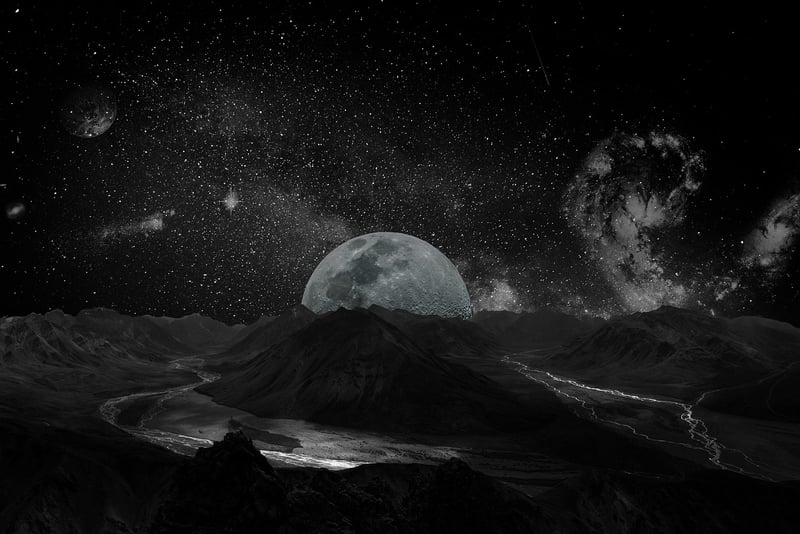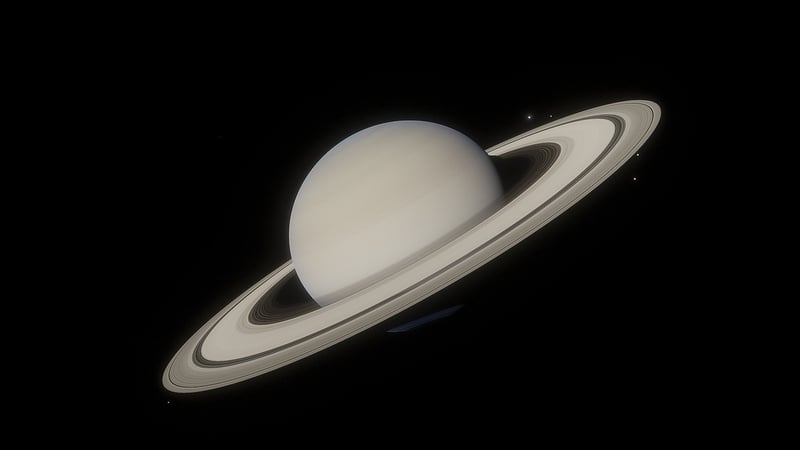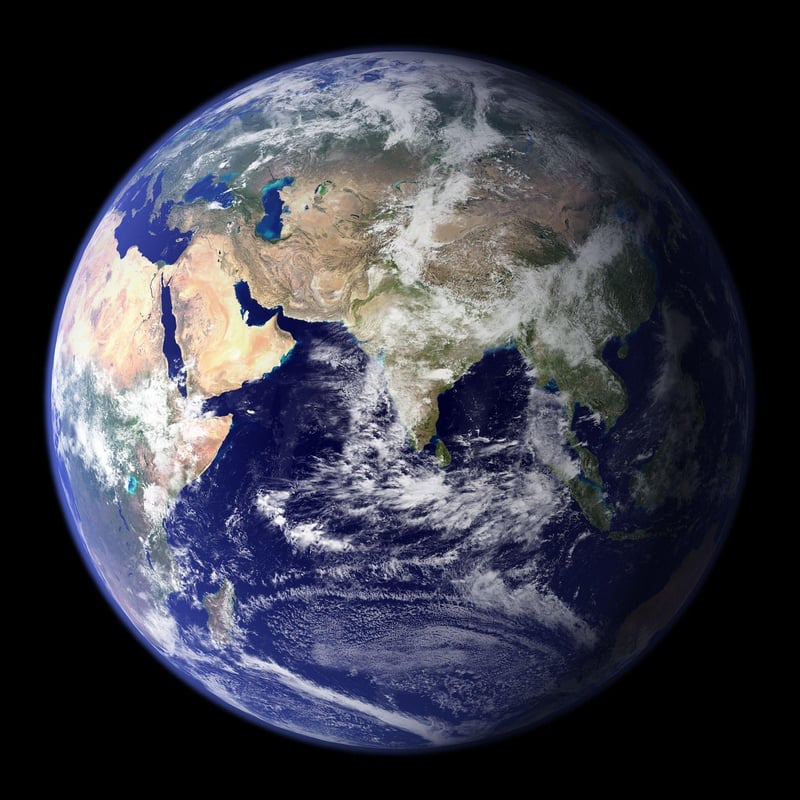Planet Classification
Discover Distant Worlds: Planet Classification
As humankind's fascination with the universe grows, so does our desire to understand the myriad of celestial bodies that populate the cosmos. Planets, the celestial objects that orbit stars, come in various forms and sizes, each with its unique characteristics and composition. Let's delve into the classification of planets to unravel the mysteries of these distant worlds.
The Classification of Planets
Planets are categorized based on their composition, size, and location in relation to their parent star. Here are the primary classifications:
1. Terrestrial Planets
Terrestrial planets, also known as rocky planets, are primarily composed of silicate rocks or metals. They have solid surfaces and include Mercury, Venus, Earth, and Mars in our solar system.

2. Gas Giants
Gas giants are planets mainly composed of hydrogen and helium, with thick atmospheres and no solid surface. Jupiter and Saturn in our solar system are prominent examples of gas giants.

3. Ice Giants
Ice giants are planets with a composition of water, ammonia, and methane ices. Uranus and Neptune are classified as ice giants in our solar system.

4. Dwarf Planets
Dwarf planets are celestial bodies that share characteristics with planets but have not cleared their orbits of other debris. Pluto, formerly classified as the ninth planet, is now considered a dwarf planet.

Conclusion
Understanding the classification of planets is crucial in unraveling the diversity of celestial bodies that exist beyond our world. By studying these distant worlds, scientists and enthusiasts alike can gain insights into the formation and evolution of planetary systems throughout the universe.
Embark on a journey of exploration and discovery to marvel at the wonders of the cosmos!
